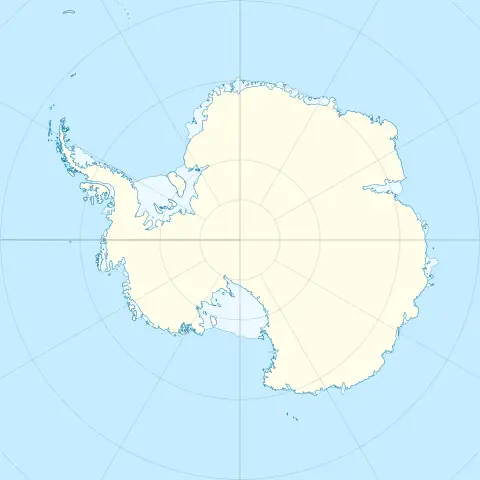 Why India is called a Sub Continent?
Why India is called a Sub Continent?
A continent is defined as a large landmass. A Sub Continent can be another large landmass smaller than the continent. A Sub Continent should be slightly different from how the continent is defined and that is why it is called ‘Sub’ Continent. Characteristically, a sub continent is also considered as a part of the continent but appears geographically as a separate land and is also ruled separately. In this context India is a largest landmass which is existing separately along with other countries like Sri Lanka, Pakistan, Nepal, Bhutan and many more small countries and nearby islands. Hence it is called Indian sub continent.
The Indian sub continent is unique by itself in terms of its geographical region. It is called a peninsula as all the three sides of it are covered by water and it has land towards one side. India consists of people who belong to different races, castes, religions, languages and cultures. India is considered unique in this aspect also to be classified as sub continent.
Indian sub continent is also geographically diversified as it contains deserts, plateaus, rain forests, mountains, hot springs and so on. Most of the Indian sub continental land area rests on a separate tectonic plate which is called as Indian plate. This Indian plate is situated on the northern region of Indo-Australian plate. This is said to be existing isolated from other regions and separated from other parts of Asia by mountain barriers. Indian tectonic plate was united with Eurasian plate before it got separated into a small continent. This Indian plate was known to be existing in union with Eurasian plate before 55 million years ago. The formation of the sub continent after getting cut from the big Eurasian plate has resulted in the creation of Himalayan mountains and Tibetan Plateau.
Hence India is called the sub continent of South Asia.












Leave a Reply